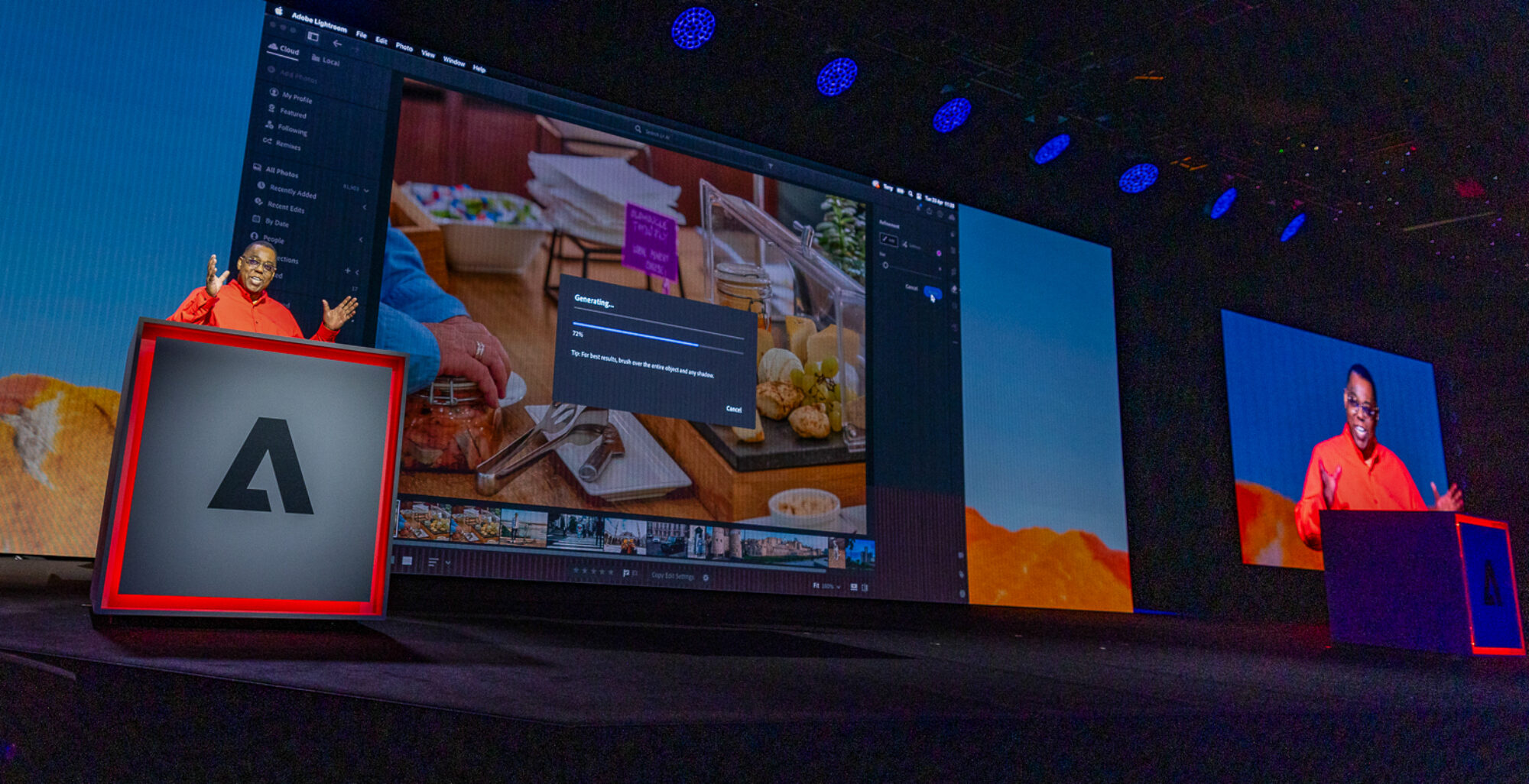Recognizing the Surge of Edge Computer in Today's Digital Globe
In the swiftly evolving landscape of technology, side computer arises as a pivotal force, improving how information is processed and utilized. This paradigm shift is driven by the spreading of IoT tools and an escalating demand for instantaneous information processing. By transitioning information management closer to the source, side computing addresses crucial latency problems while optimizing transmission capacity use and improving protection measures. As markets pivot towards smarter, extra efficient systems, understanding the subtleties and effects of this technological innovation becomes essential. What does this mean for future technologies and the digital ecosystem all at once?
What Is Side Computing
Side computer, although a fairly current advancement in the world of technology, essentially changes how data is refined and managed by bringing computation and information storage closer to the location where it is needed. Unlike typical cloud computing designs, which often rely upon central data centers that can be geographically far-off, side computer decentralizes data handling. This proximity minimizes latency, improves real-time information processing, and improves the overall customer experience by making sure quicker action times.
At its core, edge computer entails a network of localized tools and facilities, such as entrances, routers, and sensors, qualified of refining information at or near the resource. This localized processing capability is particularly essential for applications calling for instant information evaluation, such as self-governing vehicles, commercial automation, and clever cities. Additionally, by unloading data handling tasks from main web servers, side computing lowers bandwidth needs and boosts information personal privacy and safety and security, as delicate information can remain on-site instead than going across considerable networks.

Key Vehicle Drivers of Adoption
Several aspects are driving the fostering of edge computer in today's electronic landscape. One of the main drivers is the exponential rise in linked devices, usually referred to as the Net of Things (IoT) This surge creates vast amounts of data that need to be refined promptly and effectively. Side computing addresses this demand by allowing information handling closer to the information source, decreasing latency and improving real-time decision-making capacities.
Another significant chauffeur is the demand for enhanced data transfer effectiveness. Centralized cloud systems can end up being overwhelmed with the sheer volume of data generated by IoT devices, resulting in bottlenecks (Best tech blog). By processing data at the edge, organizations can alleviate network congestion and improve total system efficiency
In addition, safety and security and privacy issues are pushing companies towards side computing. By processing sensitive data locally, firms can mitigate risks related to data transmission and exposure to prospective cyber dangers.
The increase of applications requiring real-time handling, such as self-governing cars and enhanced fact, also requires the quick feedback times that border computing offers. Collectively, these drivers are making side calculating an important component of modern-day IT framework, leading the way for its extensive adoption throughout different sectors.
Benefits Over Cloud Computer
Exactly how does side computer distinguish itself from standard cloud computer? Largely, edge computing brings information handling closer to the resource of information generation, often on nearby servers or regional gadgets, rather than depending on central information.
Moreover, edge computing enhances data transfer performance (Best tech blog). By refining information locally, only the needed information is transmitted to the cloud for more analysis or storage, reducing the volume of information that goes across the network. This not just minimizes network blockage yet also decreases data transmission expenses
Side computing additionally offers improved information personal privacy and safety. Sensitive data can be refined locally without being sent to the cloud, minimizing the direct exposure to possible cyber dangers. This is especially advantageous for industries dealing with secret information, such as health care and financial services.
Furthermore, edge computer makes certain better durability and dependability. Regional handling enables for proceeded operation also when connection to the cloud is compromised, preserving vital functions and solutions despite possible network interruptions. These benefits collectively show side computing's transformative possibility in enhancing performance and protection in electronic environments.
Considerations and challenges
While side computing offers many advantages, it additionally offers distinct challenges and factors to consider that should be dealt with to totally understand its potential. One substantial challenge is data protection and privacy. Handling information more detailed to the resource raises the threat of unauthorized accessibility, requiring durable file encryption and rigid safety and security methods to protect sensitive details. In addition, managing and checking a decentralized network of side devices can be complicated, needing innovative devices and strategies to ensure seamless operation and maintenance.
One more consideration is the scalability of edge computing solutions. As the variety of linked tools expands, so does the need for refining power at the side, which can bring about source constraints. Organizations should thoroughly intend their infrastructure to accommodate this growth without jeopardizing efficiency or effectiveness.
Interoperability is an additional vital factor. With different equipment and software program elements entailed, making certain compatibility and smooth combination can be challenging. Standardization initiatives are vital to help with interaction in between inconsonant systems.
Future Patterns in Side Computing
Preparing for their explanation the future, side computing is poised Our site to transform different industries by making it possible for much faster information processing and minimizing latency. As the volume of information produced by IoT tools proceeds to expand, edge computer will come to be increasingly important in managing this increase successfully.
One more arising pattern is the advancement of edge-native applications created specifically to leverage the one-of-a-kind capacities of side computing. These applications will maximize efficiency and source application, bring about increased performance throughout numerous markets. Additionally, developments in 5G innovation will certainly even more reinforce edge computer by giving the necessary infrastructure for high-speed, low-latency communication in between gadgets and edge nodes.
Final Thought
Edge computing's rise is driven by the proliferation of IoT devices and the need for real-time data processing, which improves performance by minimizing latency and decentralizing data monitoring. This method mitigates bandwidth inadequacies and safety issues, assisting in improvements in applications like independent automobiles and clever cities. In spite of obstacles such as facilities complexity and assimilation, the future of side computing assures a much more responsive electronic ecosystem, with continued technologies shaping its advancement and increasing its applicability throughout industries.
Edge computing, although a relatively recent development in the realm of technology, basically changes just how information is refined and managed by bringing calculation and information storage space closer to the place where it is required. Unlike conventional here are the findings cloud computing designs, which frequently rely on central data centers that can be geographically distant, side computing decentralizes data handling. In addition, by unloading information handling jobs from main web servers, edge computing reduces bandwidth needs and boosts information personal privacy and security, as sensitive info can remain on-site rather than traversing extensive networks.
